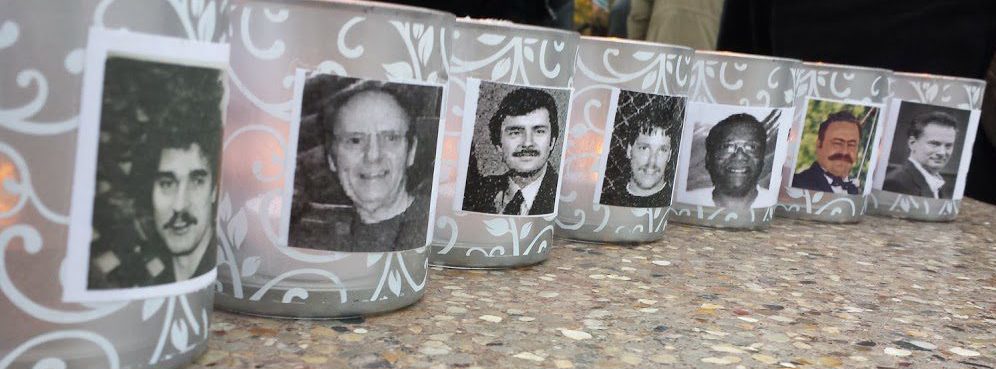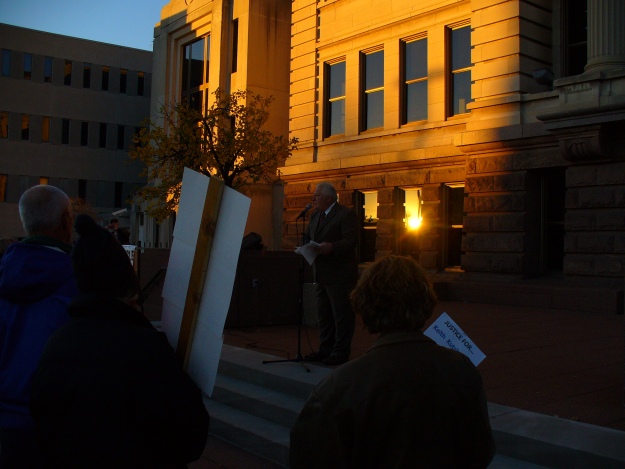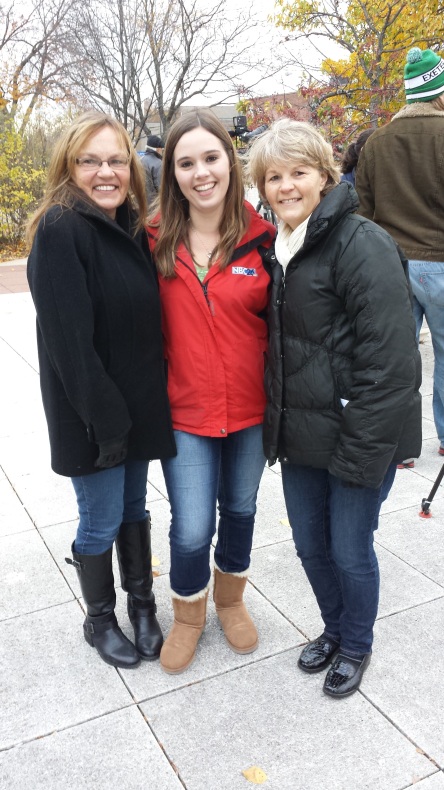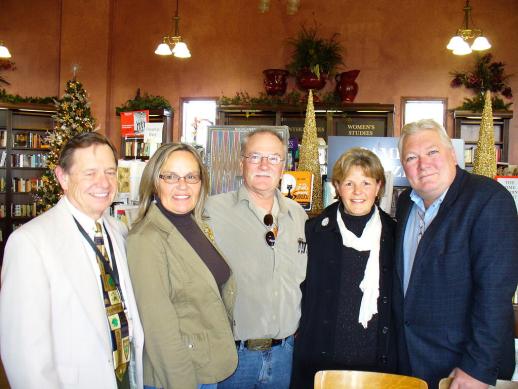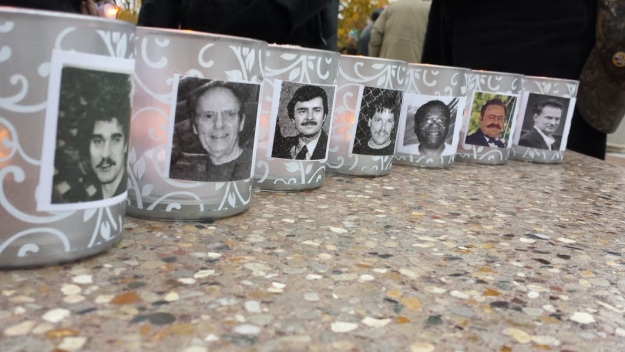Despite growing proof that wrongful convictions occur, many people have difficulty believing that the justice system gets it wrong at all, let alone sometimes. I often hear statements like, “If a person is arrested or charged, they must have done it or been involved somehow,” or “Certainly if they confessed they are guilty because why would someone confess if they are innocent.” One statement I heard recently questioned why a prosecutor would refuse to acknowledge that a mistake was made if the facts clearly prove it? And lastly, “How can you ever be absolutely sure a person is truly innocent?”

Brown County Courthouse, Green Bay, Wisconsin
It isn’t until you dig deep and do a bit of research. Only then does the light bulb go on and you start to understand that confusion comes from ignorance or how we would like to view our legal system. The danger lies in resisting acknowledgment that mistakes are made despite blatantly obvious proof. In all wrongful conviction cases new details surface that would have resulted in a different conclusion had that proof been disclosed initially. I’m talking about facts that were previously unknown, later found to be incorrect or (and this one is alarming) were purposely concealed. It’s very hard to open our eyes and hearts to the possibility that things are not always as they seem. But it is imperative we do so for our own safety and the safety of everyone. Accepting that a problem exists is the only path to solving any problem.
I advocate for the victims of wrongful convictions because of insight from trusted colleagues who are cognizant of this issue and who form their opinions based on facts and personal experience with clients who’ve experienced a wrongful conviction firsthand. Sure, we all have opinions and biases but they must be formulated by facts. Equally as important, we must not prejudge a situation before we have all of the necessary information.
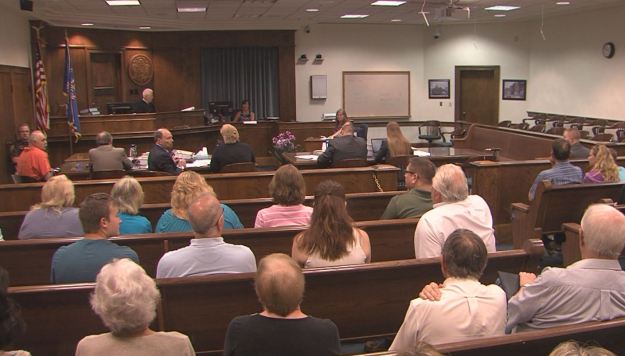
Evidentiary hearing at the Brown County Courthouse, Green Bay, Wisconsin. (Photo courtesy of the Green Bay Press-Gazette
Lately, I’ve promoted my beliefs (yes, biased ones) in regard to the Monfils wrongful conviction case from Green Bay, WI. In my opinion, this case was pursued improperly from the beginning. Here are solid facts to support those claims in a ninety-page post evidentiary hearing brief, filed on Sept. 2, 2015 by Keith’s defense team following the recent evidentiary hearing on July of 2015. They certainly lead me to believe that a grave injustice has occurred and needs to be rectified.
On September 22, 2015 the State of Wisconsin filed its thirty-five-page response:
The State insists on denying Mr. Kutska a new trial. They call the defendants’ brief, “…yet another entertaining story, alternatively based on hearsay and conjecture, not supported by the evidence deduced at the hearing, that seeks to detail an entirely speculative theory as to how the crime victim, Tom Monfils, died.” This statement is especially interesting because it mimics the Federal Court’s statement in the exoneration of Michael Piaskowski in 2001, “…that much about the case against Piaskowski “is conjecture camouflaged as evidence.”- seventh U.S. Circuit Court of Appeals (WI)
The State argues that, “Kutska’s claims either repackage his post-conviction and appellate arguments or raise issues that should have been addressed at the time, and therefore are barred by this doctrine of issue preclusion as well as §974.06(4), Wis. Stats.”
One of the State’s arguments is that too much time has passed. They pose a limit on how many motions can be filed and how much time should be allowed to bring forth new evidence. It’s important for the State to avoid, “…use of unlimited prosecutorial and court resources that should not be wasted in response to serial post-conviction motions addressing issues that either have been decided, or inexplicably were not raised many years earlier.” while giving no consideration to the lives of those directly harmed.
For those unfamiliar with this case, the State relied on the testimony of four key witnesses:
Dr. Young – a Forensic Pathologist who incorrectly ruled the death a homicide. (Cause of death on the autopsy report should have read “undetermined”)
Three other witnesses;
Brian Kellner – Confessed to lying and testifying falsely after being coerced by the lead detective who threatened to have his child custody and job terminated.
David Weiner – While on the witness stand, he was serving time in prison for shooting his brother to death.
James Gilliam – A jailhouse snitch.
These witnesses were used to connect all six co-defendants and the results were devastating.
A final forty-five-page response from our defense team was filed on October 1, 2015. It is mind blowing, articulate and gets to the true heart of this troubling matter.
The following characterizes the crux of the case as it appears in this final document:
“On a retrial, a jury would learn the following:
A. Dr. Young lacked any training or ability to know what she assumed she knew regarding the consistency of the vat liquid, the buoyancy and movements of Tom Monfils’ body in the liquid, and the timing and causes of his injuries.
B. Credible independent forensic pathology testimony explains why Dr. Young could not reliably and accurately determine that:
(i)Tom Monfils had suffered all of his pre-mortem injuries as result of a beating
(ii) His death was a homicide and not a suicide
C. Brian Kellner confessed on separate occasions to Steve Stein, Gary Thyes, and John Lundquist that he had signed a false police statement and/or perjured himself at trial.
D. Verna Kellner Irish confessed to Jody Liegeois that she and Brian Kellner had perjured themselves at trial regarding the alleged bar reenactment because of pressure from a police investigator.
E. Ron Salnik and Char Salnik, the Fox Den Bar owners, denied before and at trial that any “role- playing reenactment” had ever occurred at the bar, notwithstanding Winkler’s threats of contempt and to report them for alleged poker violations if they refused to affirm that the reenactment had happened.
F. Ardie Kutska, who was present at the Fox Den Bar at all times on the night in question, has likewise denied that any such “role-playing reenactment” ever occurred and that the Brian Kellner and Verna Kellner Irish testimony was patently false.
G. Jon Mineau, Pete Delvoe, Don Boulanger, Dennis Servais-the four mill workers whom Brian Kellner testified Kutska had told him were witnesses to the alleged bubbler confrontation/beating–each denied ever seeing any such incident.
H. Before and at trial, Brian Kellner and Verna Kellner Irish attempted to disavow significant portions of their police statements and later sought to disavow critical aspects of their trial testimony.
I. In his 1997 post-conviction testimony, Brian Kellner confessed to perjuring himself at trial.
J. Amanda Kellner Williams and Earl Kellner, Brian Kellner’s children, have attested to the threats, pressure, and mind-games to which Sgt. Winkler subjected them and their father to secure false testimony from him.
K. Winkler’s denials that he threatened or coerced anyone, including Brian Kellner and Verna Kellner Irish, to affirm Winkler’s bubbler-beating/homicide theory are refuted by Steve Stein, Gary Thyes, Jody Liegeois, Ardie Kutska, Amanda Kellner Williams, Earl Kellner, Ron Salnik, Char Salnik, Jon Mineau, Dennis Servais, Don Boulanger, Pete Delvoe, numerous other mill workers, John Lundquist, and the testimony of each of the defendants.
L. No blood evidence of the type that Dr. Young assured the jury would have resulted from Monfils’ beating was ever located, despite law enforcement’s ability and concerted efforts to find it.
M. There is no eyewitness testimony corroborating the alleged beating and no blood or other trace evidence confirming any such attack, despite its allegedly occurring in view of four mill workers and, perhaps, more.
N. Monfils was obsessed with death and drowning, including suicide by drowning with a heavy weight or chain tied to a body, had spoken about how much weight needed to be tied to a body to keep it submerged, and knew how to tie the rope knots tied to him and the weight. His death identically mirrored those suicide drownings about which he had spoken so often.
O. Monfils was under enormous and continuing stress after he reported Kutska to the police, as his repeated and desperate phone calls to the police and District Attorney’s Office seeking to preclude any disclosure of the 911 call tape confirmed. He knew what would befall him in the mill, his family, and the wider community if he was exposed as the anonymous caller. Indeed, after his wife learned that he had been exposed as the 911 caller, she acknowledged that he was capable of harming himself.”
Time will tell whether or not the courts will admit a travesty has occurred. In retrospect I’m troubled that the new evidence is being challenged. But it is. So while we wait for a ruling hopefully later this month, I choose to stay optimistic…but guarded.
